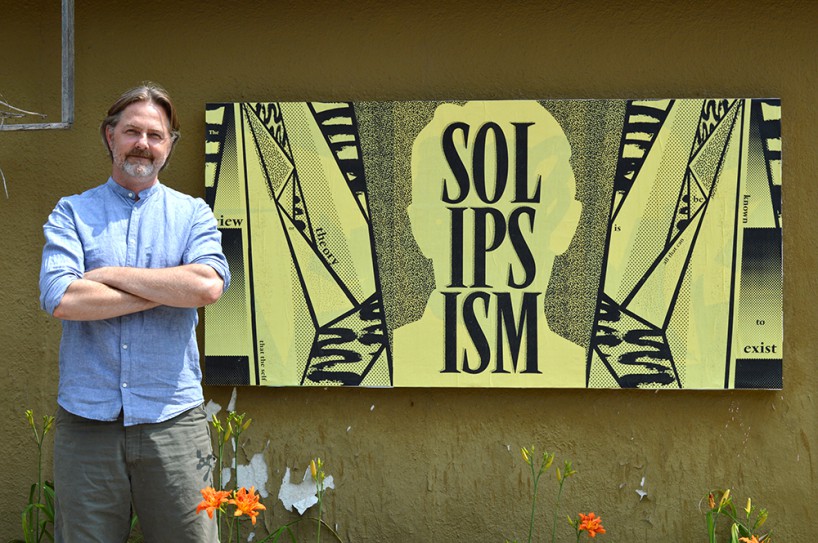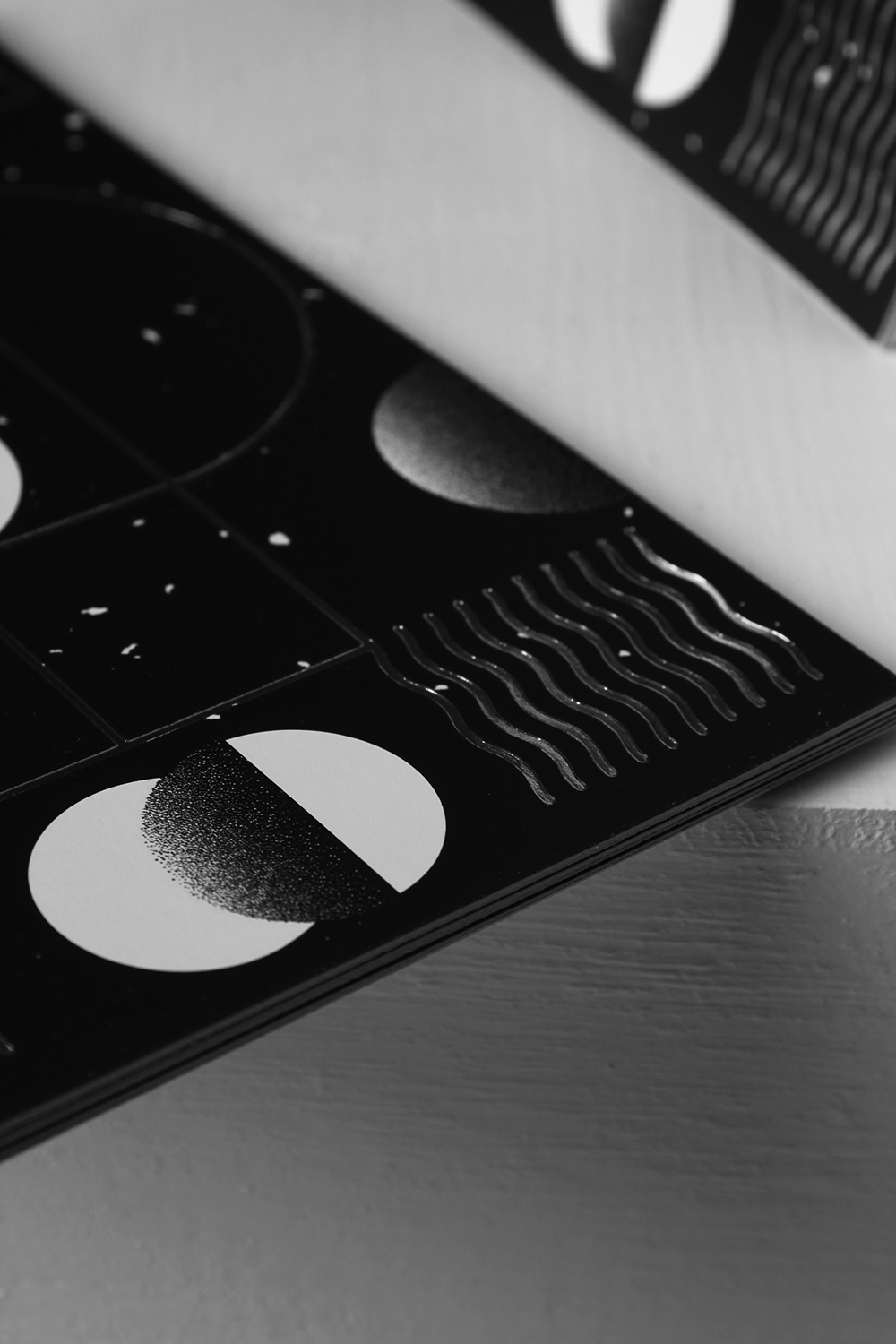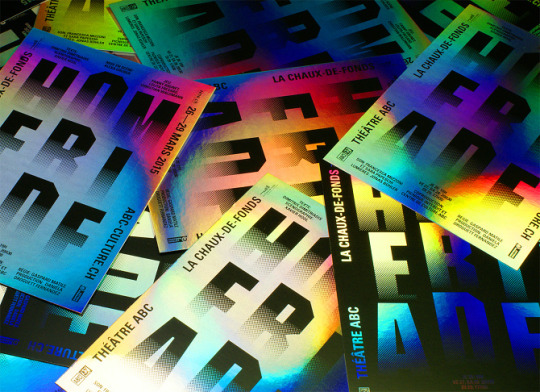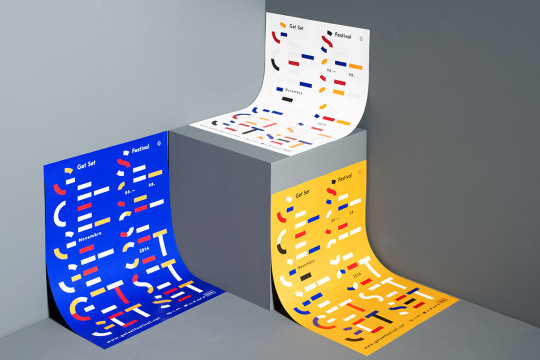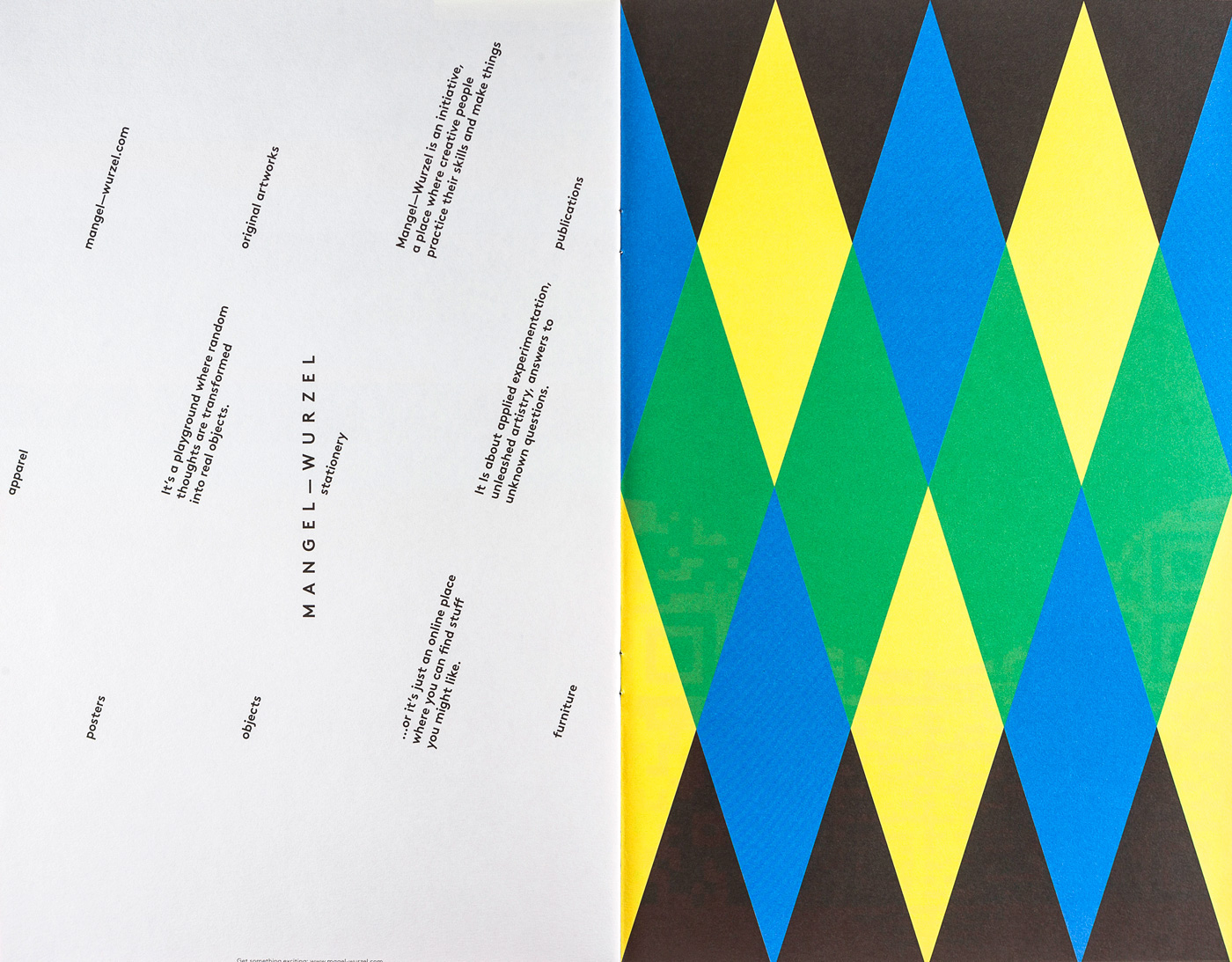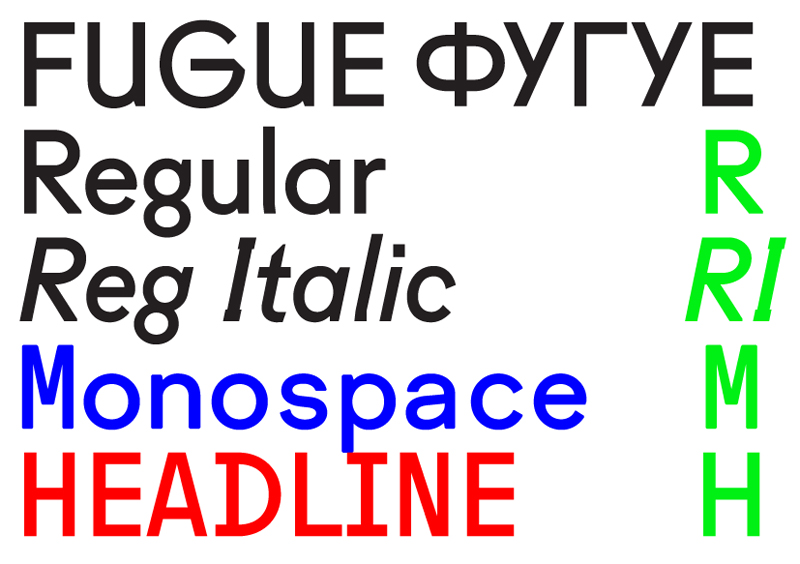The Rhubarb Triangle & Other Stories is the largest Martin Parr exhibition in the UK since his Barbican retrospective in 2002, comprising more than 300 photographs that cover the past 40 years.
A comprehensive overview of Parr’s work is on display, from early Yorkshire-based black and white photographs of rural communities to his recent international examinations of consumerism. Drawing on the implicit themes of labour and leisure present in the new Rhubarb Triangle commission, the exhibition brings together photographs from multiple series and commissions to address contemporary global networks of industry and consumption. Key series include:The Non-Conformists, 1975-80; The Last Resort, 1983-85; The Cost of Living, 1989;Autoportrait, 1991-2012 and Common Sense, 1995-99.
Parr's investigation of cultural identity, aspiration and image is further addressed in the Autoportrait series, within which Parr presents himself as subject of studio portraits around the world. His increasing international work, photographing around the world for commissions or his own projects on themes such as tourism and beaches, is drawn together in two groups, Work and Leisure, to present the labour that produces the objects, food and environments that we consume, and the results of that often, ironically, uneasy experience of leisure time.



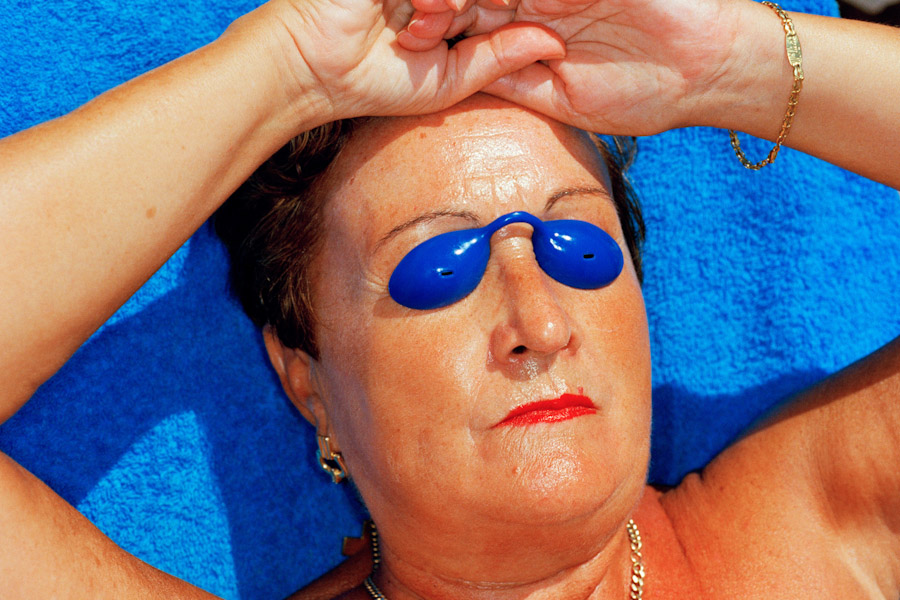
What attracted me to the exhibition?
I was aware of Parr for a long time before doing this course, he is so prolific and famous. So when I saw this major exhibition advertised, I was verykeen to get down and experience the opening night. Parr was actually at the gallery signing books which I found really exciting, I was a little star struck.
What I took away?
That photography is art. His compositions are eerie and abstract, brutally honest yet staged. His style of photography is surreal, and that is what I love about it. It inspired me to revisit photography, because it is one of my favourite skills and hobbies that I have, which I have sadly been neglecting recently.







